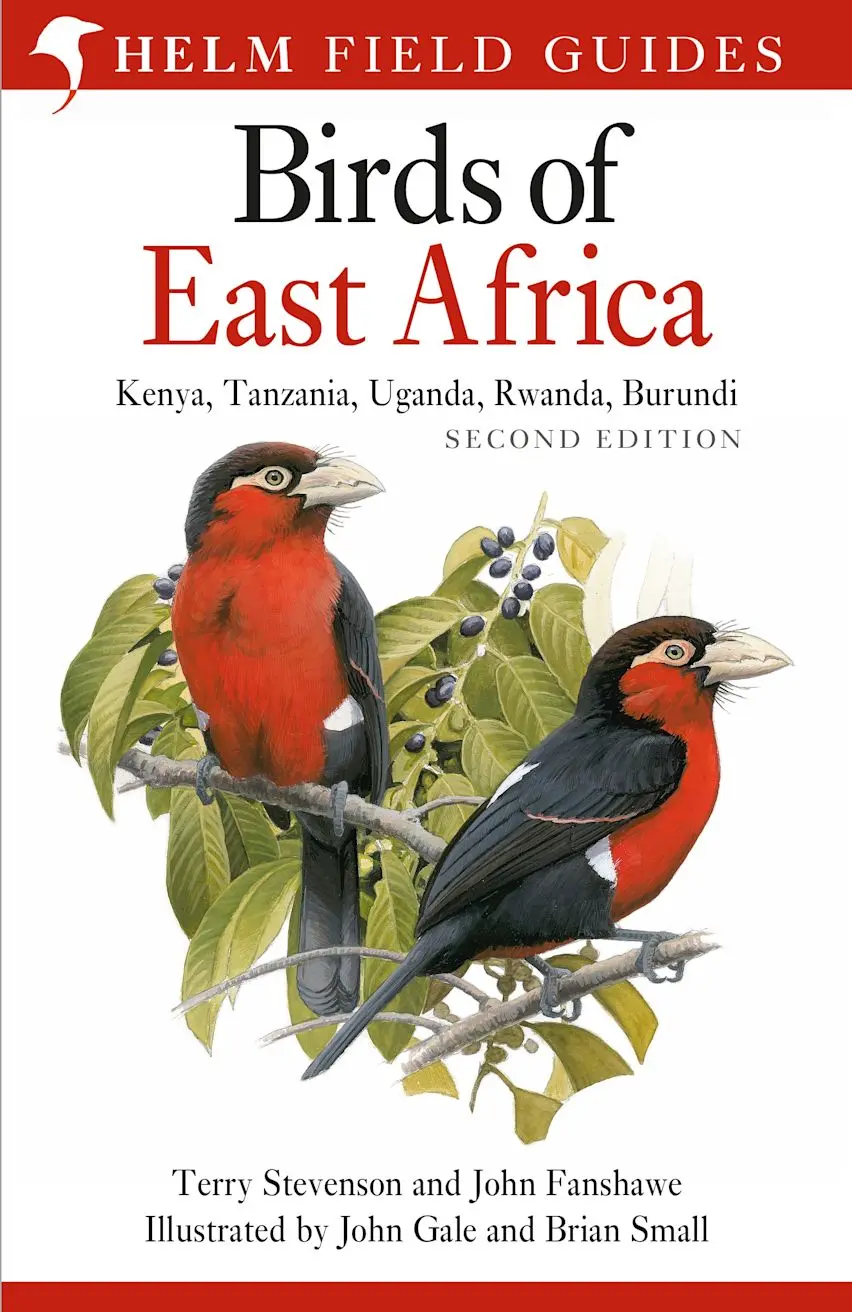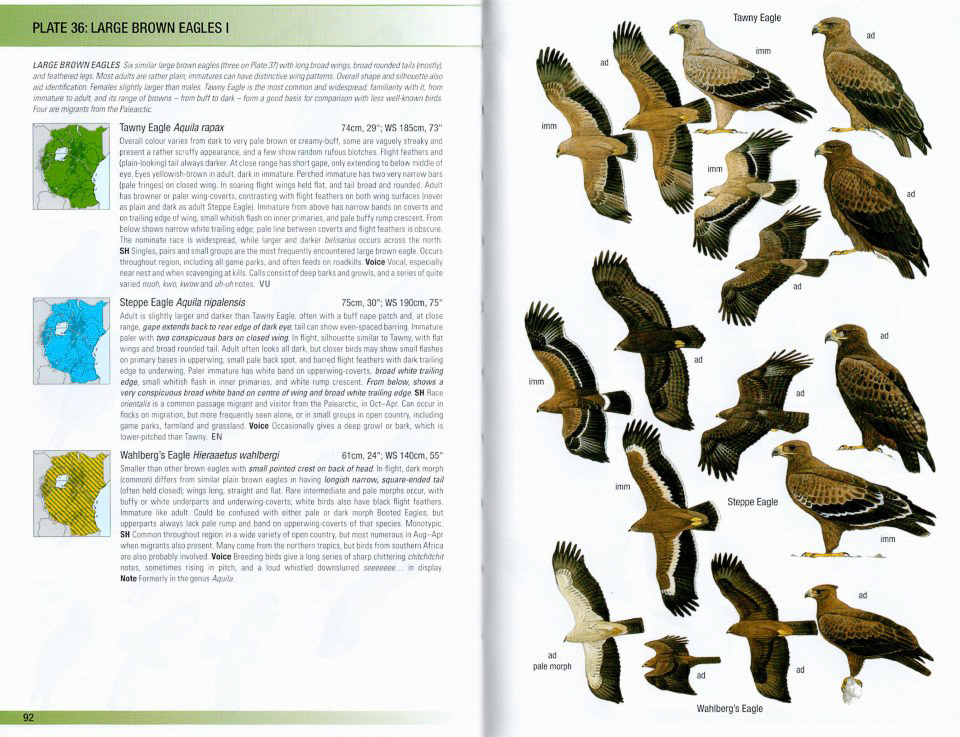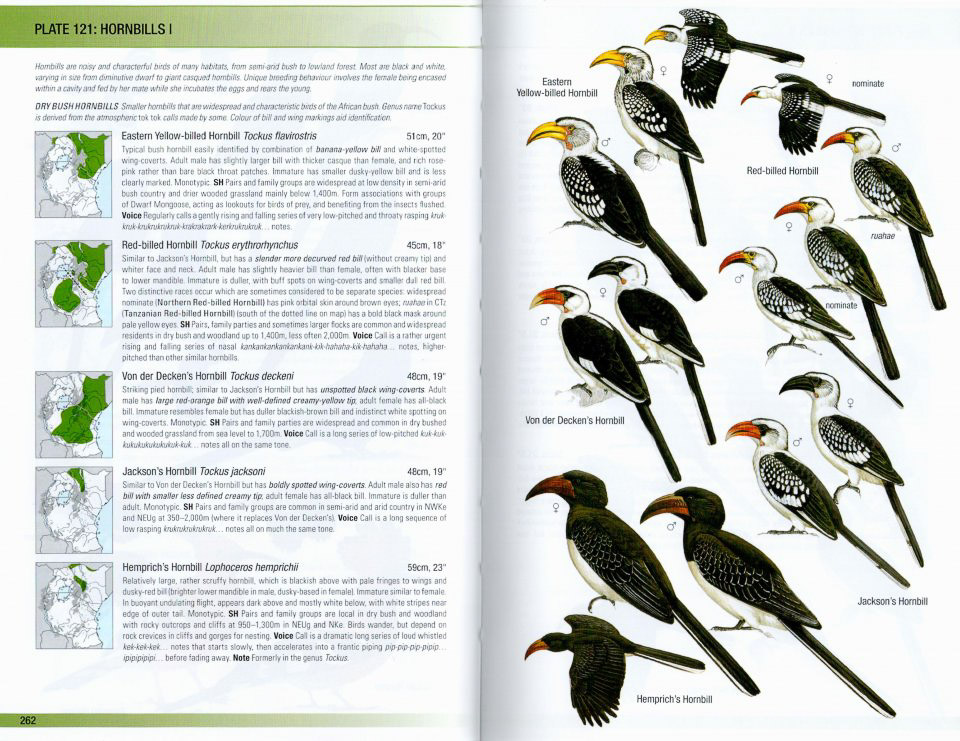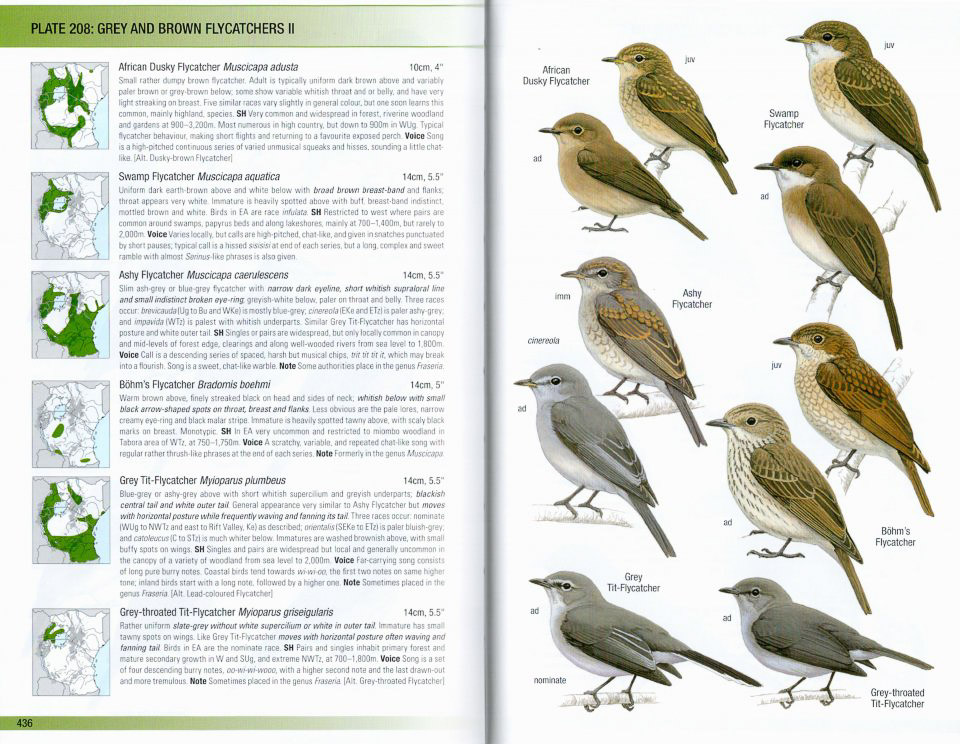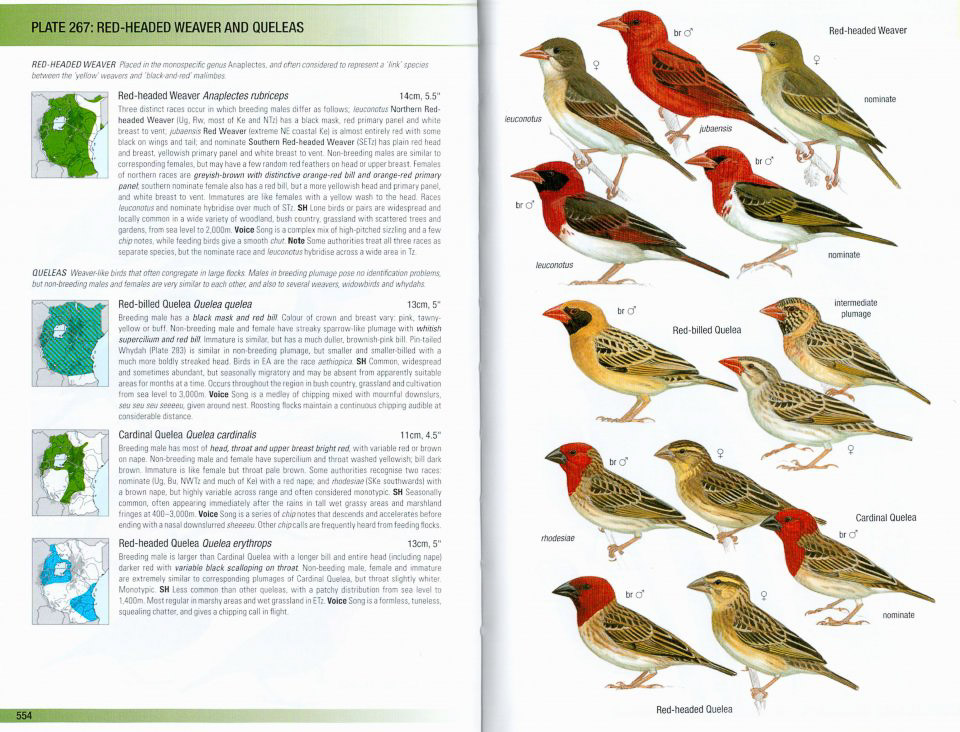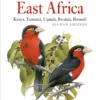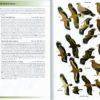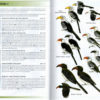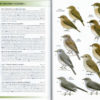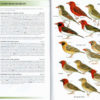This spectacular edition of the best-selling Helm field guide of all time covers all resident, migrant and vagrant species found in Kenya, Tanzania, Uganda, Rwanda and Burundi.
More than 1,300 species are illustrated with full details of all the plumages and major races likely to be encountered. Concise text describes the identification, status, range, habits and voice, with fully updated range maps for each species.
This authoritative book will not only be an indispensable guide to the visiting birder, but also a vital tool for those engaged in work to conserve and study the avifauna of the region – East Africa shelters a remarkable diversity of birds, many seriously endangered with small and vulnerable ranges.
This field guide is indispensable for the visiting birder, and a vital tool for anyone interested in the avifauna of this region.
